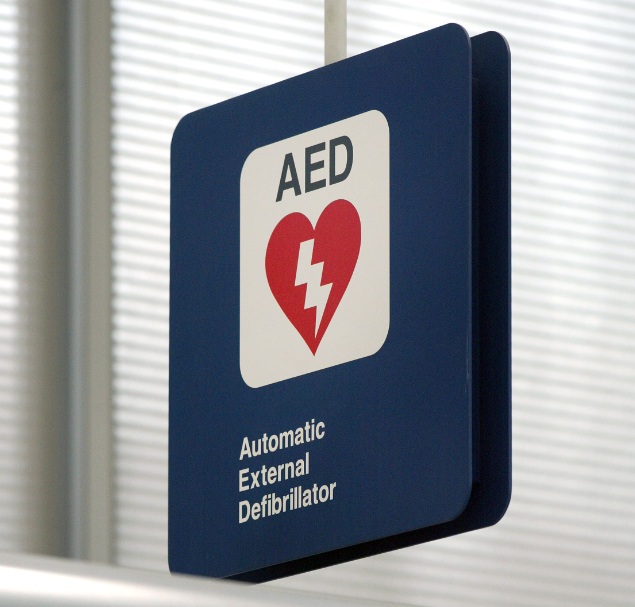VICTORIA – B.C.’s health minister has witnessed the amazing powers of a defibrillator first hand, and Terry Lake announced an expanded $1-million plan that the government hopes will jolt others back from the dead.

On Monday, Lake said his proof came on the soccer pitch in his hometown of Kamloops, B.C., when he saw a defibrillator help revive a fellow player who fell to the grass suffering from a massive heart attack.
They called 911 and immediately started to perform cardiopulmonary resuscitation, but it wasn’t until paramedics arrived and jolted the fallen player with a defibrillator that the man came back to life, Lake said.
“We managed to do CPR until the first responders came and used an automated external defibrillator and someone went from being essentially dead to being alive, and a week later walking around in the community,” he said. “I still see him every week when I get to play soccer.”
Lake said the government will spend an additional $1 million to expand a current program that would see up to 750 defibrillators in parks, arenas and recreation centres across the province in an attempt to save more lives.
He said up to 2,000 British Columbians die each year from sudden cardiac arrest, but statistics reveal 75 per cent of those people could be saved if they receive prompt access to CPR, and, or a jolt from a defibrillator, or both.
Lake said cardiac arrests can happen at any place and any time, and placing more defibrillators in public places will save lives.
“Having access to life-saving equipment can make a difference. I’ve seen this first hand,” he said at a news conference. “The statistics are really compelling.”
Lake said there are currently 175 external defibrillators in 82 B.C. communities.
An automated external defibrillator is a small, portable device used to identify cardiac rhythms and deliver a shock to correct abnormal electrical activity in the heart, said the Heart and Stroke Foundation, a partner in the B.C. program. If a heart rhythm is not detected, no shock can be given and the provider will be instructed to perform CPR until emergency medical services arrive.
The Heart and Stroke Foundation states legislation in provinces across Canada protects individuals who use AEDs from liability when they are used in the context of saving a life.
B.C. and Yukon Heart and Stroke Foundation spokeswoman Adrienne Bakker said the organization plans to match the government funds for the B.C. program.
“These devices, with more to come, will increase the chances of people surviving cardiac arrest so that they can return home to their families and loved ones,” said Bakker.
Dr. William Dick, B.C. Emergency Health Services, spokesman said B.C. paramedics have volunteered to train hundreds of British Columbians in CPR and defibrillator use.
“Today, when paramedics arrive on scene there is a greater chance that we will see more bystanders use the AED and perform CPR,” said Dick, an emergency room physician. “It’s incredible when a save like this occurs and a person is revived and brought into the emergency department and we continue their care and they walk out of that hospital alive and well.”
He said 9-1-1 dispatchers will direct emergency callers to the nearest AED or instruct people in CPR over the phone.
Prime Minister Stephen Harper promised during the 2011 federal election campaign to spend $10 million to place AEDS in 1,500 ice arenas across Canada.
Manitoba is the only jurisdiction in Canada where AEDS are mandated to be placed in all public places, including homeless shelters.



Comments